Creative Ways to Feed Your Chickens at No Cost: Sustainable Strategies
- March 29, 2024
- 0 comment
Explore Creative Ways to Feed Your Chickens at No Cost: Sustainable Strategies to discover innovative feeding solutions that support sustainable and cost-effective poultry farming. Learn how to minimize expenses while promoting the health and productivity of your chickens.
Happy hens, healthy coop! Find reviews on best chicken coop bedding, best chicken coop sand, best chicken coop flooring, best chicken coops (budget-friendly too!), and best automatic chicken coop doors & coop fans (2024).
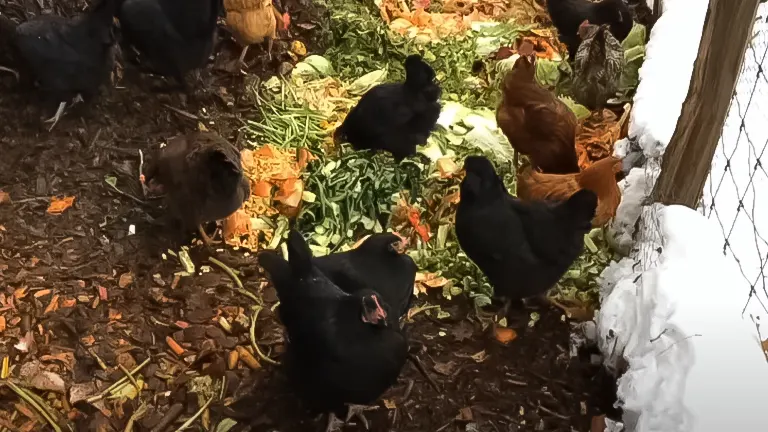
A pivotal aspect of this approach involves tapping into underutilized local resources as a means to procure feed. Such strategies not only promise to alleviate the cost burden associated with commercial feeds but also contribute to local waste management efforts, thereby fostering a more circular economy.
This guide delves into a myriad of techniques that enable the provision of cost-free nourishment for chickens, underscoring the dual benefit of bolstering flock health and productivity through environmentally conscious practices.
List of Creative Ways to Feed Your Chickens at No Cost:
- Partnering with Local Businesses for Food Scraps
- Utilizing Garden and Kitchen Scraps
- Foraging and Free-Ranging
- Cultivating Edible Landscapes
- Implementing a Composting System
- Exploring Local Agriculture Byproducts
Harnessing Local Resources for Chicken Feed
Local resources present a goldmine of opportunities for sourcing chicken feed at no cost. By establishing connections with restaurants, bakeries, and grocery stores, poultry farmers can access a steady supply of food scraps and unsellable produce that would otherwise go to waste. This not only reduces feed costs but also contributes to local waste reduction efforts.
6 Strategies Methods to Feed Your Chickens for Free
1. Partnering with Local Businesses for Food Scraps
Forming alliances with local businesses to collect food waste presents a sustainable feeding strategy for poultry. Restaurants, bakeries, and markets often discard substantial amounts of food scraps that can serve as a nutritious and diverse feed for chickens.
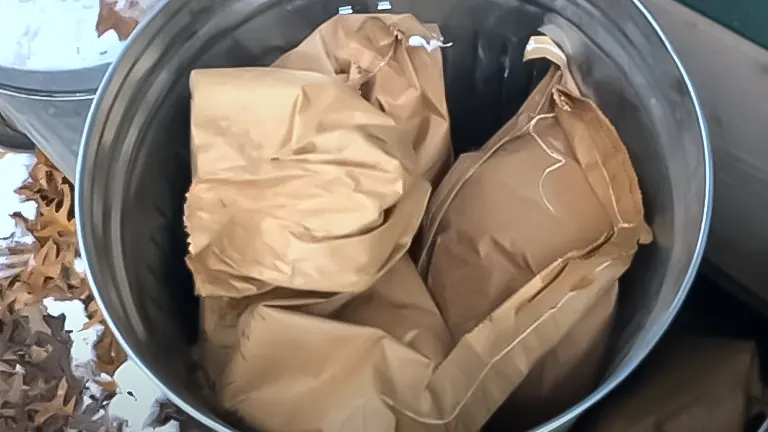
The success of such partnerships hinges on consistent collection schedules and fostering strong, cooperative relationships with these businesses, ensuring a steady and cost-effective feed supply that benefits both parties.
2. Utilizing Garden and Kitchen Scraps
Utilizing scraps from the kitchen and garden offers an excellent method to enrich chickens’ diets without additional costs.
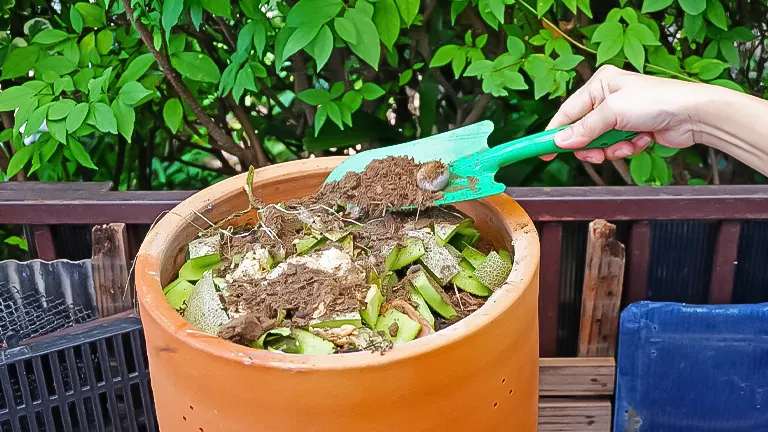
Leftover vegetables, fruit peels, and other organic waste can significantly supplement commercial poultry feeds, reducing expenses.
Additionally, integrating these scraps into compost with chicken manure can improve soil quality, creating a virtuous cycle that supports both poultry nutrition and garden health.
3. Foraging and Free-Ranging
Free-ranging provides chickens the opportunity to forage for their natural diet, including insects, seeds, and greens, which can greatly decrease the reliance on store-bought feeds.
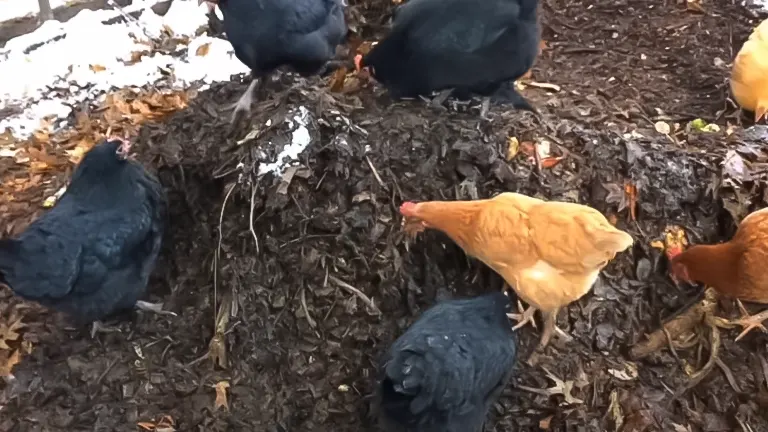
This practice not only cuts down feed costs but also promotes healthier, more natural behaviors in poultry, contributing to their overall well-being and reducing the need for supplementary feeding.
4. Cultivating Edible Landscapes
Allocating land to cultivate specific crops for chicken feed, such as sunflowers, corn, and various legumes, can lead to substantial feed savings.
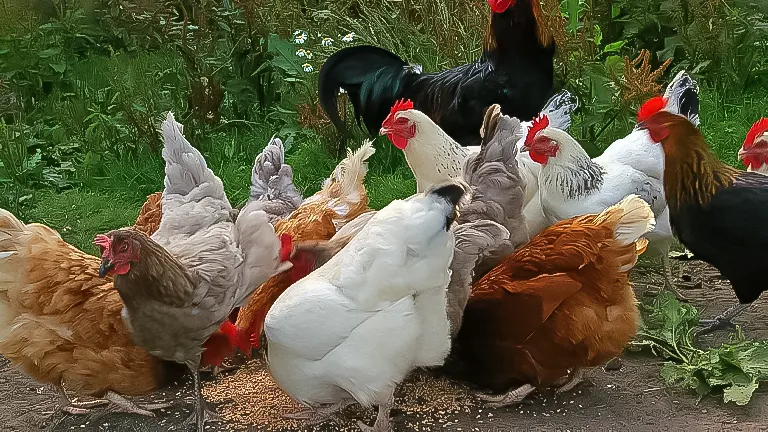
These crops not only directly feed chickens but also attract beneficial insects, adding variety to their diet. While this method requires upfront investment and labor, it ultimately lowers long-term feeding costs and supports a sustainable, self-sufficient farming approach.
5. Implementing a Composting System
A composting system is a highly effective way to convert organic waste into valuable chicken feed.
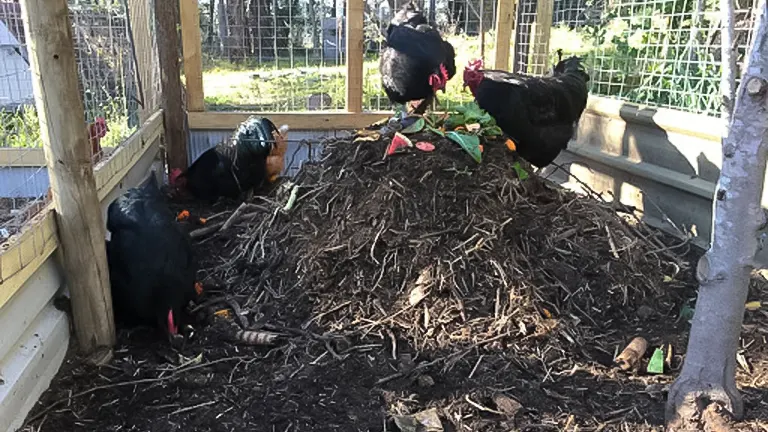
By composting kitchen and garden waste alongside chicken manure, a nutrient-rich compost is produced, which supports soil health and provides chickens with a source of food rich in insects and microbes.
This process not only recycles waste but also enhances the nutritional intake of the poultry through natural means.
6. Exploring Local Agriculture Byproducts
Agricultural byproducts from local farms and industries, such as spent grains from breweries or grain hulls, offer an untapped resource for high-energy chicken feed.

These materials, often available at minimal cost, can significantly supplement chickens’ diets. Establishing connections with local producers can provide access to these byproducts, fostering community ties and supporting local agriculture while reducing feed expenses.
Challenges and Considerations
While feeding chickens for free offers numerous benefits, there are challenges to consider. Ensuring the nutritional balance of the diet is crucial for the health and productivity of the flock. Farmers must be vigilant about the quality of food scraps and avoid potentially harmful materials. Additionally, logistical challenges, such as storage and transportation of feed, require planning and resources.
Additional Tips For Making Strategies To Feed Chickens For Free
Here are five additional tips for creating strategies to feed chickens for free, aiming to enhance the sustainability and cost-effectiveness of your poultry care practices.
- Diversify Feed Sources: Beyond food scraps and foraging, look into alternative free feed sources like fishing for worms or growing protein-rich duckweed in a small pond. The more diverse the diet, the healthier your chickens will be.
- Build Community Networks: Engage with your local community to tap into unused resources. Neighbors, local farms, and community gardens might have organic waste that can be repurposed as chicken feed.
- Implement Seasonal Strategies: Adjust your feeding strategies with the seasons. For example, in autumn, collect fallen fruit and nuts, while spring and summer can provide an abundance of insects and wild plants.
- Use Food Processing By-products: Contact local food processors for by-products like bran, husks, or vegetable trimmings. Many are often disposed of but can be valuable feed supplements for chickens.
- Educate on Feed Safety: Familiarize yourself with foods that are harmful to chickens, such as avocado, chocolate, and salty foods, to ensure the scraps you’re collecting won’t inadvertently harm your flock.
Implementing these tips can help you further reduce costs while ensuring your chickens receive a balanced and nutritious diet, reinforcing the sustainability of your poultry-keeping endeavors.
Related Articles:
- How to Keep Raccoons Away from Your Chicken Coop: Top Strategies
- How to Kill Rats in a Chicken Coop
- How to Clean a Chicken Coop with a Dirt Floor: Best Practices for Hygiene
- Raising Rare Peacocks: A Step-by-Step Hatching Guide
- 8 Beginner Chicken Care Mistakes To Avoid
- How to Make Incubator For Chicken Eggs: Insider Techniques and Tips
- How to Keep Ducklings Alive: A Step-By-Step for Method Guides
- 3 Reasons Your Chickens Stopped Laying Eggs
- What Should You Feed Your Chickens for Year-Round Egg Production? An Essential Guide
- How Do You Introduce New Chickens to Your Flock? A Step-by-Step Guide
- How to Create the Perfect Indoor Chicken Brooder: From Start to Outdoor Transition
- How to Create an Odor-Free Chicken Run: Enhancing Your Garden
- Easy Chicken Feed Savings and Coop Care Tips
- How to Ferment Chicken Feed: Discovering the Path to Robust Poultry
- Feeding Chickens with Your Garden: The Top Plants for a Healthy Flock
- Raising Chickens for Eggs: Easy Tips for Beginners
- Start Growing Animal Feed: A Beginner’s Guide to Homesteading
- Top 5 Chicken Coop Designs for Backyard Farmers: Ultimate Guide
- How to Create Your Own Black Soldier Fly Larvae Composting Bin: A DIY Guide
- How to Start A Black Soldier Fly Bin: A Step-by-Step Setup Guide
- Composting Chicken Manure: How to Boost Nitrogen Content
- Designing the Perfect Low-Maintenance Chicken Coop: Your Ultimate Guide
- Can You Put Lime in a Chicken Coop? Analyzing Safety and Best Practices
Final Conclusion
Feeding chickens for free is a viable strategy that supports sustainable farming practices and reduces operational costs. By leveraging local resources, farmers can provide a nutritious and varied diet for their flock, contributing to their health and productivity. This guide offers a starting point for those looking to explore cost-effective feeding strategies, emphasizing the importance of local partnerships, resourcefulness, and sustainability in poultry farming.
Frequently Asked Questions
- What are some sources of free chicken feed?
Local businesses such as restaurants, bakeries, and grocery stores often have food scraps suitable for chicken feed. Additionally, garden and kitchen scraps, agricultural byproducts, and natural foraging can serve as excellent, cost-free feed sources. - How can I ensure the food scraps are safe for my chickens?
It’s important to avoid scraps that are moldy, overly salty, or contain toxic substances (such as coffee grounds or chocolate). Stick to fresh fruit and vegetable scraps, grains, and similar wholesome materials. - Can chickens be fed entirely on food scraps?
While food scraps can significantly supplement a chicken’s diet, it’s crucial to ensure they receive a balanced diet. This may occasionally require additional feed, especially for laying hens needing more calcium. - What is the best way to store collected food scraps?
Store food scraps in a cool, dry place in sealed containers to prevent spoilage and deter pests. If you collect large amounts, consider freezing scraps until you’re ready to use them. - How does free-ranging benefit chickens?
Free-ranging allows chickens to forage for insects, seeds, and plants, providing them with exercise and a varied diet, leading to healthier, happier birds and potentially higher-quality eggs. - What crops are best for cultivating an edible landscape for chickens?
Sunflowers, corn, and legumes are great options, as they provide seeds and attract insects. Leafy greens and squashes can also offer additional nutrition and variety to their diet. - How do I implement a composting system for chicken feed?
Start by composting organic kitchen and garden waste, including chicken manure. Once the compost matures, allow chickens to pick through it for insects and nutrients, turning the compost in the process. - Are agricultural byproducts a reliable feed source?
Yes, byproducts like spent grains from breweries or hulls from grain processing can be nutritious and energy-rich. However, availability may vary, so it’s beneficial to establish multiple sources. - Can partnering with local businesses for food scraps impact their waste management?
Absolutely. By diverting food scraps from the waste stream, you not only secure free feed for your chickens but also help local businesses reduce waste disposal costs and environmental impact. - What precautions should I take when feeding chickens with kitchen and garden scraps?
Ensure that all scraps are free from harmful pesticides, chemicals, and potentially toxic foods. Additionally, maintaining a balance with commercial feed or other nutrient sources is essential to meet all dietary requirements, especially for laying hens.

Edward Smith
Forestry AuthorWoodworking is about more than crafting; it's a harmonious connection with nature, mastering tools, and preserving our environment. I'm here to share my knowledge and experiences with you, forging a future where we can embrace wood's beauty and utility while safeguarding our forests' health and diversity.





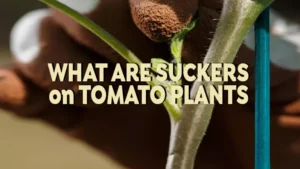
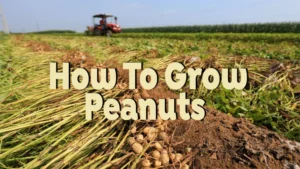






Leave your comment